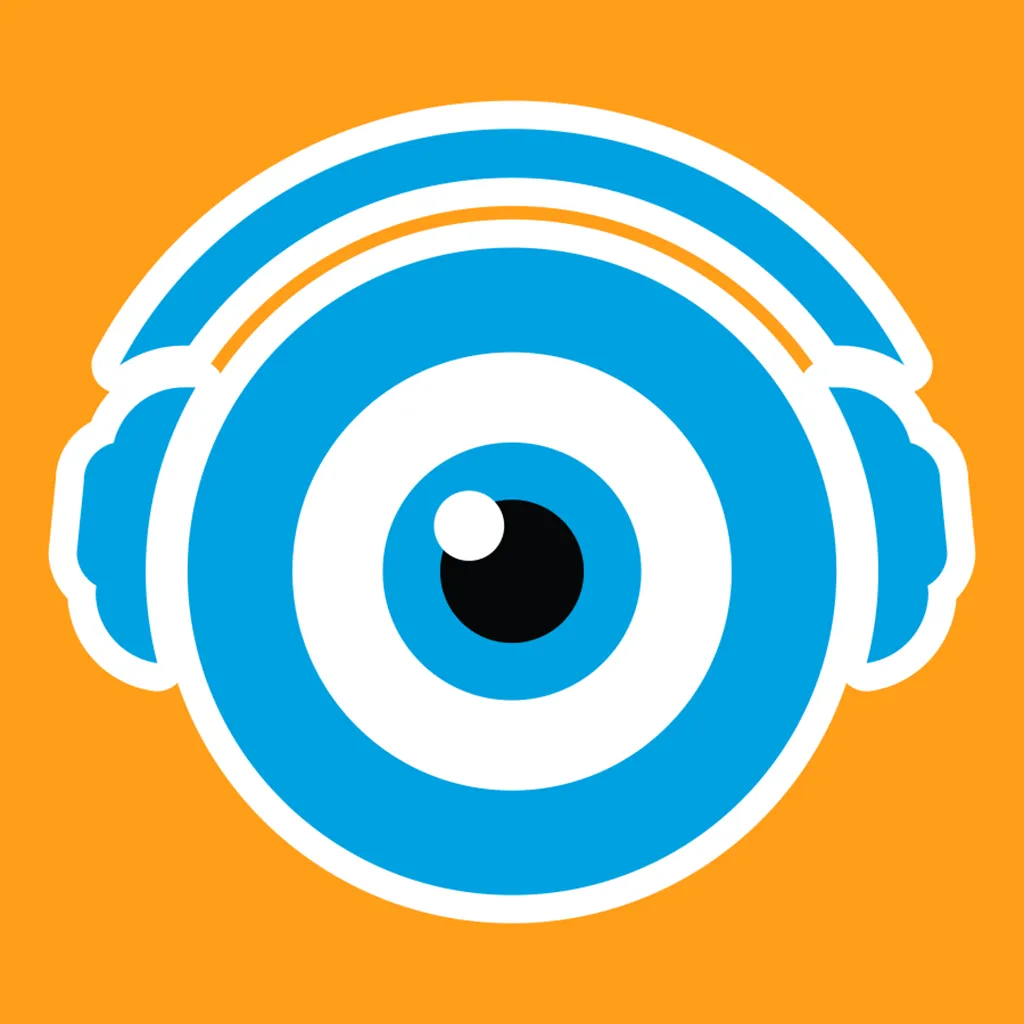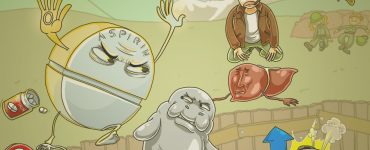Critical thinking in nursing is detrimental to performing healthcare tasks and caring for patients safely. It is one of the many skills and qualities you need as a nurse.
Critical thinking skills take time to develop, but you can learn how to improve your nursing critical thinking skills with sufficient practice and with the tips below from Ashley Adkins, MSN, RN, CCRN (@AshleyLorenaAdkins).
Here are some key points you should take note of from the webinar:
What is critical thinking?

To put it simply, critical thinking is the ability to observe, gather information, and make an informed decision.
The five steps below are crucial to critical thinking in everyday life and nursing.
- Observation: Observe and notice opportunities, solutions, and problems.
- Analysis: Gather and interpret key data and other information.
- Inference: Draw conclusions based on your gathered data, knowledge, and experience.
- Communication: Share and communicate gathered data verbally and in written form with your peers, team, or others.
- Problem-solving: Come up with a possible solution based on your findings.
The importance of critical thinking in Nursing
To uncover the importance of critical thinking in nursing, we need to think about why we need it.
Critical thinking in nursing is crucial to taking care of patients because nurses need to make informed decisions quickly. This ensures patient health and safety.
On the other hand, you need to know how we critically think as nurses. Learn task prioritization and how to address what comes first!
This is your patient’s physiological needs which include the ABCs (airway, breathing, circulation), vital signs, blood sugar, chest pain, stroke symptoms, critical labs, bleeding, loss of extremity, pulse, safety concerns, and change in LOC.
Next, address stat orders, meds, labs, and tests (EKG and/or CT scan).
Then comes everything else! This includes routine assessments, vital signs/labs, general med pass, and patient or family concerns.
Examples of Critical Thinking in Nursing
Since critical thinking in nursing is crucial, below are a few key examples of how you’ll think critically as a nurse.
Vital signs–always ensure accuracy! Track your patient’s trends. If your patient has an abnormal vital sign, check what it might have been prior and check again.
The body likes to compensate…until it doesn’t. The human body tries to compensate for things that are lacking. Catch your patient in the compensation stage before it turns into decompensation.
Don’t ignore problems. If your patient is alert one second and unresponsive the next, you must address it.
Sometimes when we try to “fix” something, we may take away the compensation. If your patient has a fever and their heart rate is high, address the root of the problem first–the fever.
Additional things to remember are the basics:
- Circulation, airway, and breathing (CAB) are critical.
- If your patient has no pulse, perform CPR.
- If your patient has a pulse but is not breathing—BVM.
- Know where to locate emergency equipment like suction and BVM.
- Familiarize yourself with your unit’s code cart location and setup.
- This includes knowing how to unlock it, remembering it’s plugged in, where additional or backup supplies are, and identifying two to three roles you excel in.
How to use critical thinking to diagnose patients
Use your critical thinking skills to evaluate the following scenario. Please note this scenario will only address common causes and inventions and not every possibility will be covered.
Tachypnea: Tachypnea is breathing too fast, typically with a respiratory rate greater than 20.
Common causes are fever, pain, anxiety, asthma, infection, obstruction, cardiac-related, or the patient is acidiotic–trying to blow off CO2.
When a patient is tachypneic, they are usually compensating for something. Look into why they’re breathing quickly.

Interventions are the following:
- Fever = antipyretics
- Pain = pain management
- Anxiety = anti-anxiety medication and/or emotional support
- Asthma = breathing treatments
- Infection = antibiotics
- Obstruction = suction (oral, NT, ETT, bronch)
- Cardiac-related = treat the cardiac issue and support the respiratory issue
- Aciodic = correct acidosis cause
- Chest x-ray and AUSCULATE lung sounds!
- Assess oxygenation/ventilation status. Do they need a CPAP, BiPAP, or ventilator?
Using critical thinking to answer Nclex-style questions
Critical thinking for nursing students starts with good practice. Let’s test your skills with the NCLEX-style question below.
Joseph is an 89-year-old patient admitted to your telemetry floor for new-onset atrial fibrillation (AFib) and pneumonia. At lunchtime, you hear the cardiac monitor alarm and note that Joseph’s O2 saturations are not picking up and his heart rate is 134 bpm.
You walk into the room and see Joseph slumped over in bed, pale, and taking very shallow breaths. You check for a pulse and feel a weak pulse. You call for help.
Meanwhile, what would be your priority intervention?
- Check his blood sugar
- Start CPR
- Oral suction the patient
- Administer breaths via BVM
Hint: Think about task prioritization. What is the most important thing to address for Joseph?
- Check his blood sugar: This is not the most important task.
- Start CPR: CPR doesn’t need to be started until the patient does not have a pulse.
- Oral suction the patient: The question doesn’t give any indication this needs to be done at this time.
- Administer breaths via BVM: Making sure the patient can breathe is the top priority.

Great work. For more critical thinking practice in nursing school, try Picmonic to help you refine your skills!













